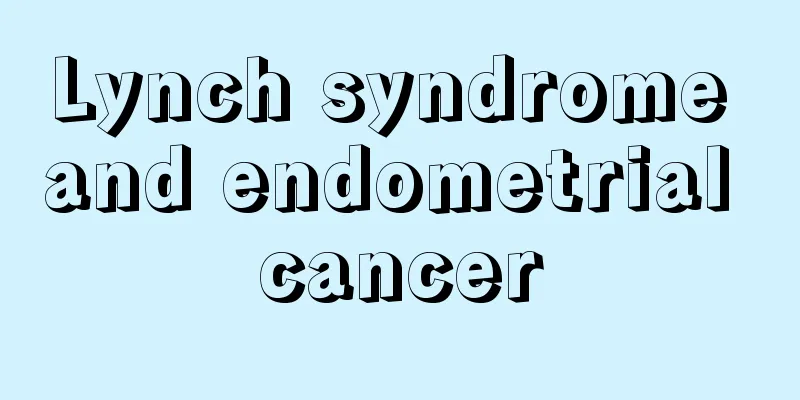Treatment methods of t-tube drainage

|
A healthy gallbladder can make the body healthier. Therefore, many patients with gallbladder problems will choose T-tube drainage when their gallbladder problems affect the health of the gallbladder and the health of the body. Therefore, patients who want to choose this drainage method want to know the treatment methods. The answer is given below. You can see what treatment methods are available. The thickness of the T-tube depends on the diameter of the common bile duct. For those with enlarged bile duct, 22-24 T-tubes are often used. The two arms are shortened and cut into an oblique surface. A hole is cut in the wall of the short arm opposite to the long arm, or the wall of the short arm is cut open and inserted into the common bile duct. The anterior wall of the bile duct is tightly sutured. Furthermore, the upward end of the short arm cannot press against the bifurcation of the left and right hepatic ducts, otherwise the bile drainage of one side of the hepatic bile duct will be obstructed. For patients who need drainage for a long time, it may even cause ulcers and bleeding in the bile duct mucosa. The downward end of the short arm should not be too long. The No. 22~24 drainage tube sinus can be passed through a fiber choledochoscope with a diameter of less than 6 mm. If necessary, the bile duct system can be examined through this sinus or residual bile duct stones can be removed. The T-tube can usually be partially clamped 10 days after surgery. If there are no symptoms, T-tube angiography can be performed. The T-tube is usually removed 14 to 18 days after surgery. T-tube angiography should be performed by drip method instead of manual push method. The contrast agent enters slowly under low pressure, and a part of it is discharged into the duodenum and shunted. After the angiography is completed, a sterile bag is connected for drainage. With this treatment, angiography-induced cholangitis rarely occurs. Temporary bile leakage through the T-tube orifice will close 3 to 5 days after tube removal. If it does not close within 5 days, it indicates that there is obstruction at the lower end of the bile duct, and the X-ray film should be reviewed to determine the nature of the lesion. The treatment method of T-tube drainage must be taken seriously by many patients, because if the disease is not treated with T-tube drainage as soon as possible, it will seriously damage the gallbladder and cause other diseases. Therefore, after fully understanding the treatment method, in order to ensure the health of the body, this method should be taken as soon as possible. |
<<: What are the commonly used drugs for treating bronchial asthma
>>: What are the best treatments for meniscus injuries?
Recommend
How many calories are in a bowl of rice
Many people are afraid of gaining weight, because...
What is the treatment for pharyngitis
Pharyngitis is not unfamiliar to many people. The...
What should I do if I feel dizzy due to low blood sugar? How to relieve low blood sugar
Low blood sugar can easily cause dizziness, which...
What should be paid attention to after radiotherapy for nasopharyngeal carcinoma? How to prolong life after radiotherapy?
What should we pay attention to after radiotherap...
How is the effect of acupuncture points for hand numbness in cervical spondylosis
Cervical spondylosis is a common disease in today...
What is the use of washing your face with rice water
Everyone wants their skin to be fair and beautifu...
It is normal to gain weight even if you drink cold water
Water is always the best drink, it contains no ca...
The difference between photorejuvenation and laser freckle removal and the people they are suitable for
With the rise of various medical devices, the tec...
Exercises to improve flexibility
There are many kinds of exercise in life. Flexibi...
Scars from cigarette burns
If you accidentally get burned by cigarettes on y...
What is the correct way to open red wine?
Nowadays, many people have the habit of drinking ...
What are the best ways to expel kidney stones?
There are many ways to expel kidney stones. The m...
Do you know the misunderstandings about removing neck wrinkles?
As we age, our skin becomes more and more loose, ...
What is the difference between embryo and blastocyst transplantation
In in vitro fertilization, the two most common tr...
How should we prevent bile duct cancer in daily life?
How should we prevent bile duct cancer in daily l...









